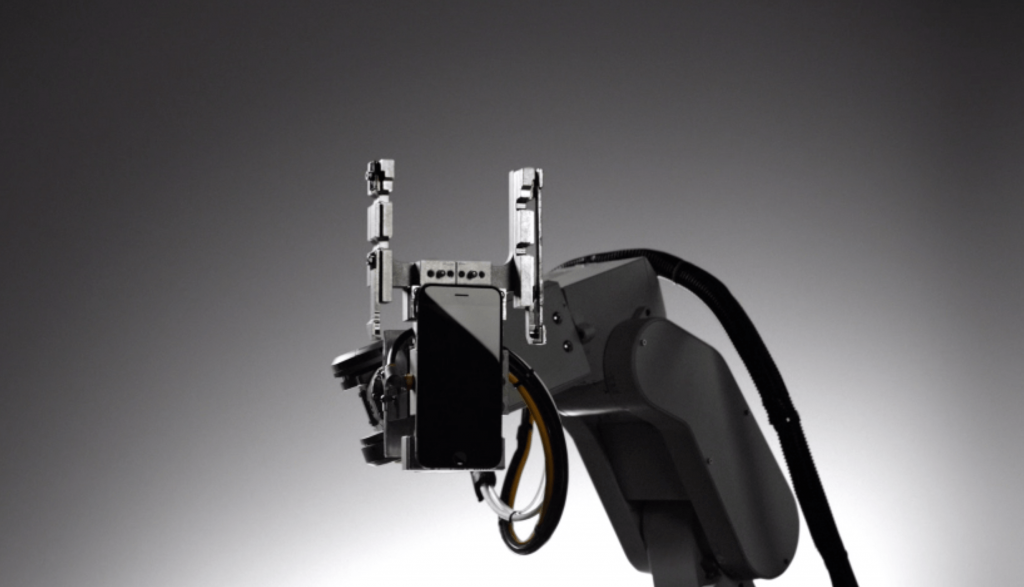The latest piece of Silicon Valley Recycling Machinery…
As Apple released a new iPhone and iPad in March 2016, it also revealed a new masterpiece, to be known as Liam. It is a robot that has been programmed and designed in such a way that it can disintegrate iPhones and recover all the recyclable materials that are present in each headset. Liam appears to be the tech giant’s move for countering the criticism it receives from environmentalist firms regarding the difficulty in breaking apart its products.
Image source: Macstories.net
About Liam
Liam is a complicated piece of recycling machinery. It is composed of a total of 29 different robotic components, with each component, in turn, consisting of several tools, such as drills or magnets, which allow the Recycling machinery to handle distinct parts of an iPhone efficiently. At present, Liam is situated in a facility near to the headquarters of Apple, in California.
How does Liam Work and what Does it Work On?
At the moment, Apple’s Recycling machinery (Liam) can only work on iPhone 6. However, there are plans to expand its working base in the future. This would allow Liam to act as an efficient recycling machinery option for several other devices too, particularly past models that are more likely to need recycling immediately.
Apple has stated that Liam is efficient enough to break an iPhone into pieces in only 11 seconds. Also, this time also includes other tasks performed by the machinery, such as the separation of valuable items, like gold and copper pieces from the camera and silver and platinum bits from the mother board. Other processes carried out by the recycling machinery, however, are not as accurate as this one. For instance, processes involving magnets or shredding are often less precise and result in the mixing of materials, which is guilty of reducing the overall recycling potential.
Why was it Introduced?
As mentioned above, this is the first ever Recycling machinery introduced by the tech giant, and is believed to be an answer to the criticism faced by Apple. This criticism comes mostly from environmentalist organizations who complain that Apple’s products are difficult to break open and recycle. They state that their products are glued so strongly that it is not possible to separate different parts, without the use of dangerous methods and hazardous recycling machinery. This issue has contributed quite a lot to the recent e-waste pollution problem, also due in part to the glue itself, which can cause damage to certain parts of recycling machinery.
Furthermore, recycling holds cultural or social importance due to the composition of some of Apple’s products. For instance, materials such as tin or tantalum (used in some of Apple’s products) are supplied by areas affected adversely by war, and so it is necessary to recycle them and not be wasteful. A long term partnership is more beneficial for these resource mining communities, as opposed to buying all of the material up as soon as it is available.
Although Liam is seen as a positive step taken by Apple, the recycling machinery is not capable of producing an observable impact at present. Apple plans to create another robot and send it to Europe, but two robots are not enough for recycling all the Apple products being sold around the world. While working at their full capacity, two bots would be able to deal with around two and a half million phones per year. Compare with this with the 231 million phones Apple sold last year and the issue becomes evident. The situation is expected to improve with the continued development of ‘Liam’ and similar recycling machinery.
According to environmentalists, Liam can act as the opening of a new era in recycling as it enables the recyclers to obtain most of the recyclable items incorporated in an iPhone, and that’s a start.



